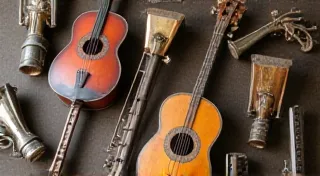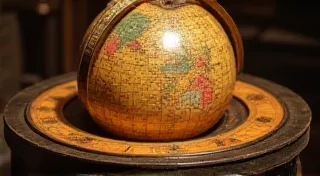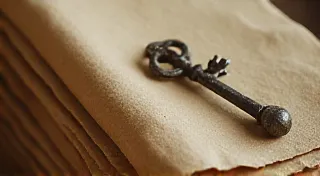The Ledger's Echo: Finding Stories Within the Numbers
There’s a quiet dignity in the clatter of gears, the rhythmic ticking of a mechanical mind at work. It’s a sound long since eclipsed by the hum of computers, yet it holds a resonance that speaks to a different era – an era of meticulous record-keeping, tangible progress, and a certain comforting slowness. We’re talking about antique adding machines, beautiful, complex devices that once formed the backbone of commerce and bookkeeping. They're more than just pieces of vintage office equipment; they are silent witnesses to history, often harboring untold stories within their workings and the records they produced. This isn't just about repairing them; it's about uncovering the echoes of the lives they touched.
I remember the first time I encountered a truly remarkable specimen – a Brunsviga Mk.II, its nickel-plated body gleaming despite decades of neglect. It was at a flea market, nestled amongst chipped porcelain and dusty furniture. The vendor barely knew what it was, offering it for a pittance. As I picked it up, the weight of it felt significant, the cold metal a connection to a past I could only imagine. It wasn't just a machine; it was a portal.
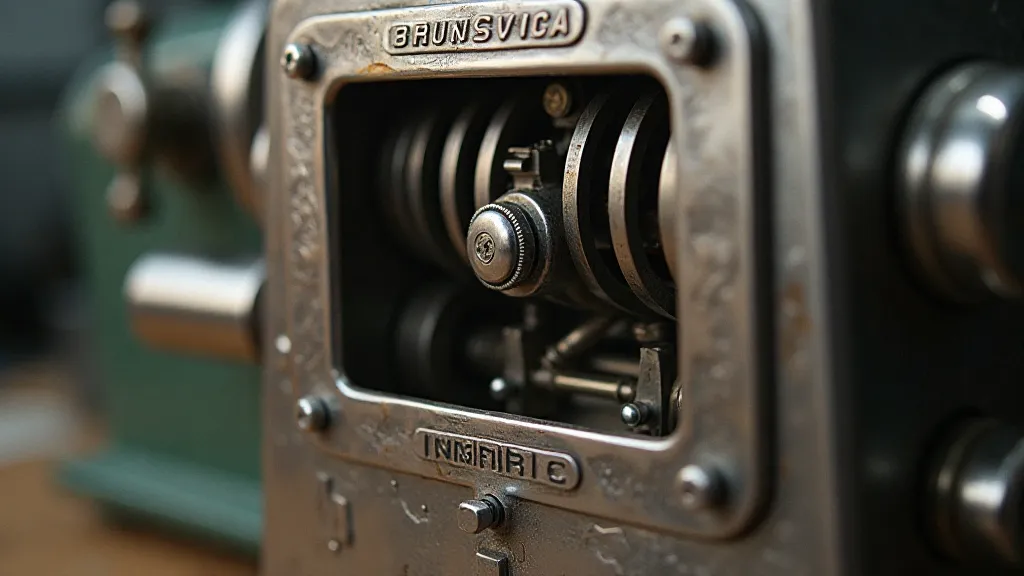
A Brief History: From Abacuses to Early Calculators
The need to perform calculations efficiently has existed for millennia. Early systems like the abacus provided a foundation, but the desire for a mechanical solution was relentless. Early mechanical calculators, pioneered by figures like Blaise Pascal and Gottfried Wilhelm Leibniz, were revolutionary but cumbersome. The adding machine, specifically designed for addition (and often subtraction, multiplication, and division with additional mechanisms), evolved from these earlier experiments. Companies like Brunsviga, Friden, and Marchant became household names in the world of commerce, their machines instrumental in tracking everything from shipping manifests to payrolls.
The late 19th and early 20th centuries were a golden age for mechanical office technology. These machines weren't simply tools; they were symbols of progress and efficiency, testaments to human ingenuity. The craftsmanship involved was extraordinary. Each gear, each lever, each spring was meticulously crafted, often by skilled artisans taking immense pride in their work. The designs were often elaborate, reflecting the aesthetic sensibilities of the time – often Victorian or Art Deco, depending on the era of manufacture.
Unveiling Hidden Narratives: The Clues in the Machine
What makes repairing antique adding machines so compelling isn’t just the mechanical challenge; it’s the potential to uncover the stories they hold. These machines weren’t used in a vacuum. They were vital cogs in the machinery of life, and sometimes, those lives leave traces behind.
Think about it: a well-used adding machine might bear a faint inscription - an owner's initials, a company logo long since defunct, or even a hastily scribbled note. The wear patterns on the keys can reveal which operations were most frequently performed. A stubborn jam might be the result of a rushed calculation during a particularly busy day. Even the type of lubricant used can offer clues about the machine’s history and maintenance practices. These details, seemingly insignificant on their own, can build a surprisingly rich picture of the machine’s past.
More profoundly, the records produced by these machines – the ledgers and columnar sheets – are treasure troves of historical data. While privacy laws rightly restrict access to sensitive personal information, many records offer glimpses into the operations of businesses, the wages of workers, and the prices of goods. Imagine uncovering a ledger detailing the construction of a local landmark, or a payroll listing the names of immigrants who helped build a community. These aren't just numbers; they're fragments of history, brought to life by the machines that recorded them.
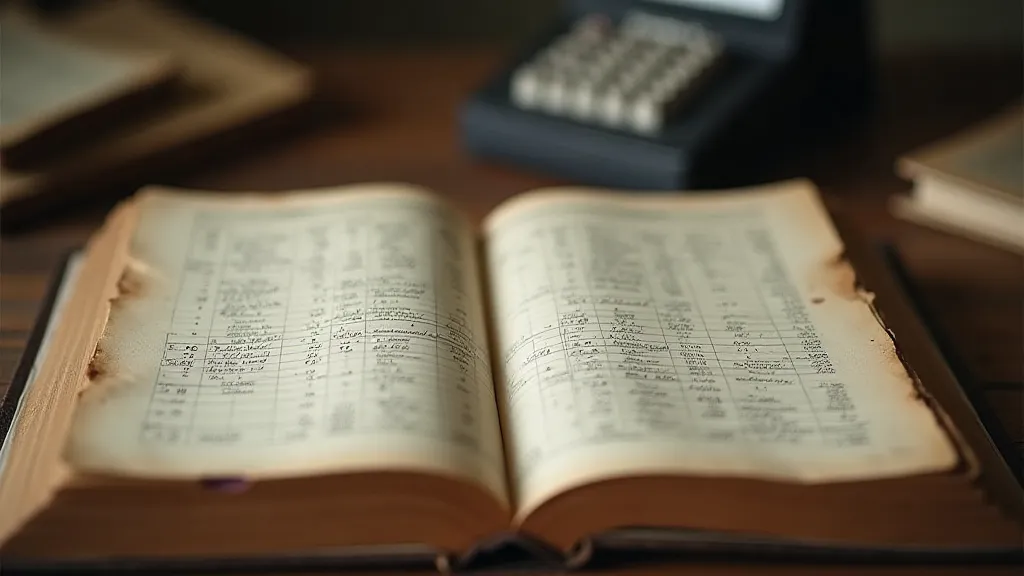
Provenance Research: Tracking the Machine's Journey
Determining the provenance – the history of ownership – of an antique adding machine can be surprisingly challenging, but immensely rewarding. Start by carefully examining the machine itself. Look for identifying marks: the manufacturer’s name, model number, serial number, and any signs of previous ownership. These markings can often be cross-referenced with online databases and historical records.
Company archives, local historical societies, and online forums dedicated to vintage office equipment can be invaluable resources. Sometimes, old business directories or census records can provide clues about previous owners. If you're particularly lucky, you might even find descendants of former owners who can provide firsthand accounts of the machine’s history.
It’s a process that demands patience and meticulous attention to detail. But the rewards – the chance to connect with the past and to piece together the story of a unique and fascinating object – are well worth the effort.
The Art of Repair: Respecting the Original Craftsmanship
Repairing an antique adding machine is not simply a matter of replacing broken parts. It’s an act of respect for the original craftsmanship and a commitment to preserving a piece of history. The goal should always be to restore the machine to its original functionality while minimizing any irreversible alterations.
Sourcing replacement parts can be difficult, but not impossible. Online marketplaces, antique shops, and specialized repair services are good starting points. In some cases, it may be necessary to fabricate custom parts, requiring a combination of mechanical skill and ingenuity. However, every effort should be made to use original or period-correct parts whenever possible.
Lubrication is another critical aspect of the repair process. Modern lubricants are often incompatible with the delicate mechanisms of antique machines. It's essential to use lubricants specifically designed for vintage machinery – typically light oils or greases formulated with natural ingredients.
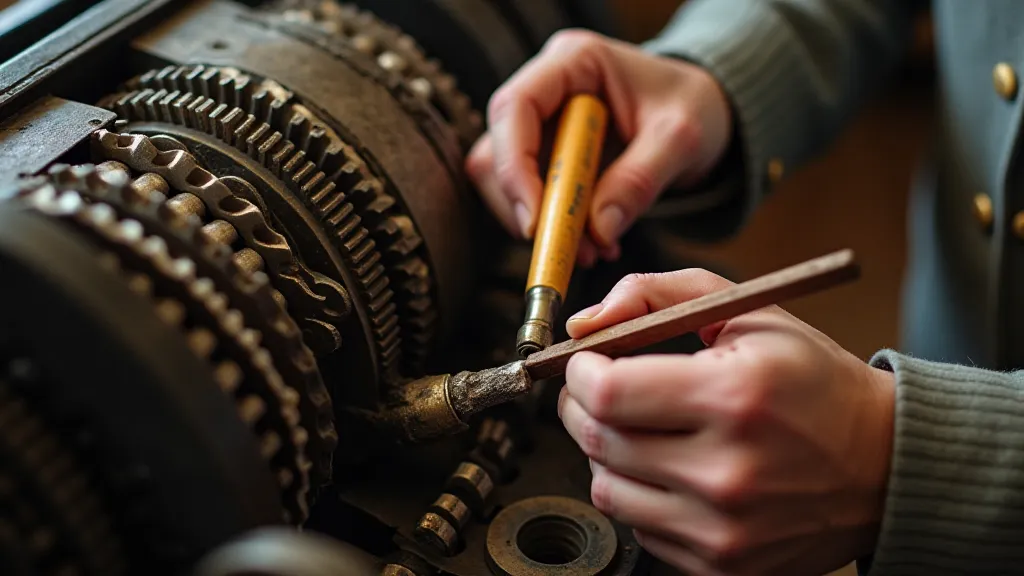
More Than Just a Machine: A Legacy of Progress
Antique adding machines are more than just mechanical devices; they are tangible links to a bygone era. They represent a time when human ingenuity and craftsmanship were prized above all else, and when progress was measured not in microseconds, but in steady, incremental gains. By repairing and preserving these machines, we’re not just restoring a piece of history; we’re keeping a legacy of progress alive. We are, in a small way, listening to the ledger's echo – the faint but persistent murmur of lives lived, work done, and stories waiting to be rediscovered.
